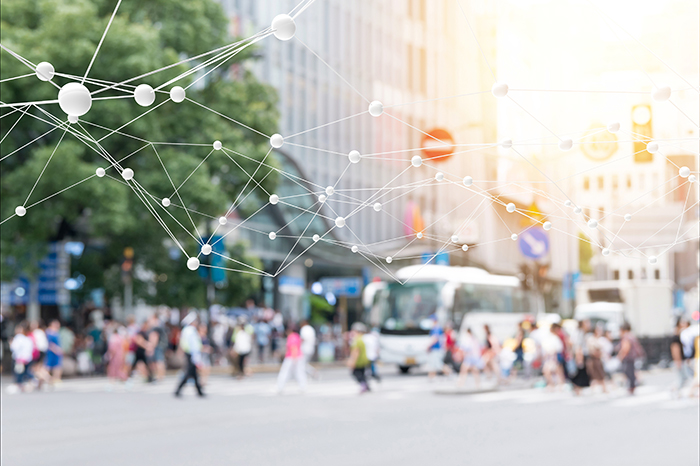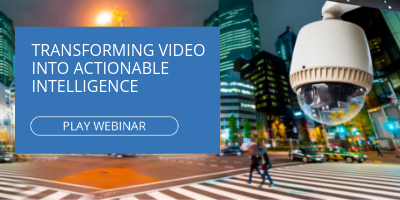The Top 4 Reasons Smart Cities Should be Integrating Face Recognition

Digital transformation is a top priority for leading businesses across all sectors – but it’s also a core objective of cities around the world that are committed to becoming Smart Cities. Smart Cities – driven by data intelligence and grounded in values of sustainability, mobility and connectivity – streamline their evolution by embracing new technologies, backed by data and artificial intelligence.
One emerging technology that is becoming more important for Smart Cities is face recognition: Local governments and law enforcement can drive operational productivity and preserve public safety by integrating face recognition capabilities to enable them to improve their performance in these top four areas and beyond:
Find and Recover Missing Persons
Cities already rely on Video Content Analytics solutions to identify, track and recover missing persons. Face recognition can significantly accelerate technology operators’ efforts by enabling them to add a reference photo provided by the missing person’s relatives and match it with past appearances of that face that have been captured on video. Using face recognition to search video based on the approximate area and time the person disappeared enables police to quickly understand the person’s movements before going missing, locate where the person was last seen on camera and configure real-time alerts to trigger an alarm whenever face matches are identified. Police can immediately assess matches and confirm their accuracy, enabling the rapid deployment of responders to recover the missing person and, when relevant, apprehend the abductor.
Identify and Track Known Offenders
Face matching can be used to enable police to track and identify past offenders suspected of perpetrating an additional crime. By using an image of an offender from within a video, an uploaded external image or a national offenders repository, operators can use face recognition to detect faces matches that appear in live video and respond to suspicious behavior before it’s too late. For instance, if local law enforcement has identified a terrorist sympathizer among its residents or has reason to believe this person is planning an attack, they can track this person’s movements and preventatively foil future offenses.
Efficiently Investigate and Reduce Crime
The same way face matching can be used to detect suspicious misbehavior in real-time, it can be used to support investigators searching for video evidence in the aftermath of an incident. The ability to isolate the appearances of specific suspects and individuals is critical for accelerating investigators’ review of video evidence to pinpoint relevant details and understand how situations developed. When a suspect or perpetrator is not apprehended at the crime scene, this capability can also enable police to continue to search for their target by configuring real-time alerts for his or her appearances in video, thereby curtailing the suspect’s ability to execute further crimes.
Manage City Staff and Optimize Their Productivity
Face recognition can also be used to drive productivity within city hall and ensure its workforce is effectively and efficiently serving the needs of the city residents. By tracking the appearances of city workers across the cameras at city hall, the city can easily verify and track attendance records. Similarly, they can use it to confirm that cleaning staff is performing the maintenance being reported as complete. From a customer service standpoint, cities can leverage video analytics to derive quantitative intelligence about traffic patterns at city hall, when crowding occurs, how long visitors wait for service, how long service typically takes, and which city employees are most efficient in providing support. By visualizing this video data in a dashboard, cities carefully assess performance and better manage employees.
As higher quality cameras have proliferated and video analytics technology has evolved, face recognition has become more accurate, driving increased adoption. At the same time, Smart Cities and governments are still exploring how to balance the benefits of the technology with the legal and regulatory concerns over its use. The laws governing the use of video surveillance and face recognition vary from country to country and, when deploying such a system, it is important to comply with applicable regulation. Smart Cities continue to work with their technology producers, federal governments and residents to navigate the use of face recognition, ensuring fairness, transparency, accountability and privacy compliance.
Ultimately, the ideal Smart City face recognition implementation is one that is founded on residents’ trust in the city; the city’s continued demonstration of integrity around the use of the technology; and the technology’s impact in driving superior security, increased public safety and streamlined city operations.
Learn more about Video Content Analytics software and technology by clicking on the image below.
